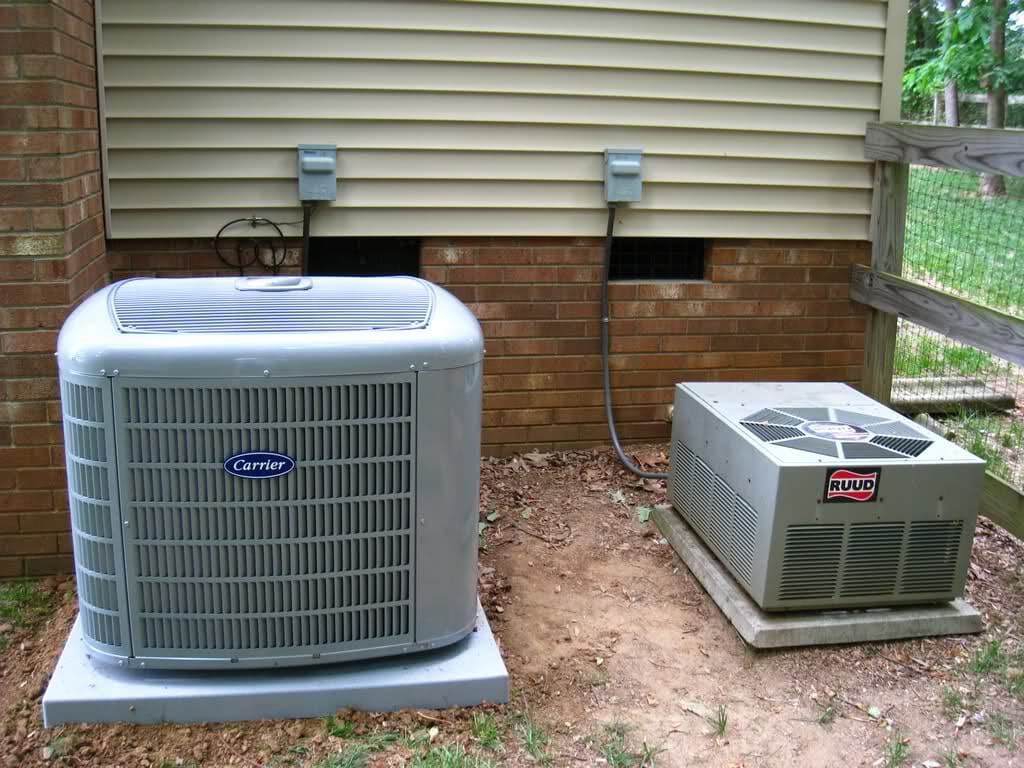One of the most important ways to solidify a regular client pipeline is learning who you want your client to be.
It’s really quite simple: To best pursue clients in the most efficient way, you want to learn what kinds of people they are. That will help you tinker with your marketing efforts so that you can best apply your messaging to their needs.
That type of information doesn’t grow on trees, of course. But you can get close to figuring it out with an Ideal Customer Profile (ICP), as a starting point. If you’ve never heard of an ICP, don’t sweat it. It’s common for contractors in the home improvement arena (and any arena, really) to be focused on other things, whether that’s stepping up your website or optimizing your phone call strategies.
At Modernize, we know the many directions in which you’re constantly stretched and how difficult it can be in 2019 to maintain a timely and top-notch digital marketing routine. So let’s break down the ICP and how you can get cracking in creating yours or pay experts to do so. Whichever path you choose, it’s important you prioritize creating an ICP.
What is an Ideal Customer Profile?
You might have heard of client or customer personas before, wherein a company defines with precision the different kinds of people that might benefit from their products and how. This is not that. The ICP (not to be confused with the cult-level band whose followers label themselves Juggalos) clearly defines your dream—dream—customer.
The idea is not just to know whom your marketing should prioritize but also how to identify the qualifiers that make a client someone you want and also what qualifiers make them someone you don’t want. Lots of money, big houses, an innate love of solar power and roof shingles. Things like that.
How to create your very own Ideal Customer Profile?
Naturally, every home improvement company has its own ideal client. Yours can be most easily defined using your existing clients. Hopefully, you have a small (or even better, large) list of clients you enjoyed working with and with whom you’d love to do future business. And if you don’t, imagine what about your imperfect clients might be better to turn them into ideal clients. That could work just as well. Homeowner data is an extremely valuable trove of information you can use presently and in the future to improve your marketing endeavors.
With your list of clients in mind, the next phase is simply defining them. The ICP can be as simple or complex as you choose it to be. In the beginning, then, it’s smart to start with simple and few qualifiers to determine your ideal client. As time moves on, you’ll find yourself using your ICP to make decisions. As you do so, you’ll find ways to optimize it and maybe even add to it.
Essentially, you want to list parameters you find significant in defining your ICP and filling in the spaces for your own list.
Finances.
Obviously, money matters. Some information is easier to glean than more but a few data points to keep in mind about your dream clients is their:
- Income
- Budget
- Motivation, be it saving on their bills or increasing the value of their property
Geography.
You likely know by now which neighborhoods are better for your business than others. Does the rest of your team know the ins and outs of that? And have you ever dropped what you know on a map to enhance your marketing? Some easy information to record here is:
- Zipcode
- Neighborhood
- Topography, be it hilly and difficult for your team to work in or maybe requiring offsite parking and permits
Project.
Again, you complete a lot of work and it helps to see which projects you rather complete than others, whether because of your earnings on them or the ease of getting them through the pipeline. In this sense, look to note:
- Type of installation or home improvement
- Required materials
- The average amount of labor
Timeline and Cost.
As you’re well aware of, some of your work takes less time to complete than the rest but that doesn’t necessarily mean good things for your company. Are there some projects whose low installation process makes their revenue not worth it? Are there some projects that take so much to complete that an increased payment is also not worth it? For this section, consider the following:
- Days to complete, beginning to end
- Frequency and type of unpredictable obstacles to project completion
- Cost of additional or baseline labor to complete
By now, you should be getting an idea of what this process will look like. You know better than anyone else what parameters matter to you and what you may have even wanted to note and avoid next time. This ICP process is your chance to finally get an idea of who you want to do business with — and who you want to stay away from — in an organized fashion.
Best of all, there are no absolutes here. Any segment of your ICP can change whenever you want it to and you can add new information to it whenever you like. With time, your ICP can become a guiding light to the building and maintaining of a solid client pipeline that doesn’t just bring people to the door.
It’ll bring the right people to the door.










